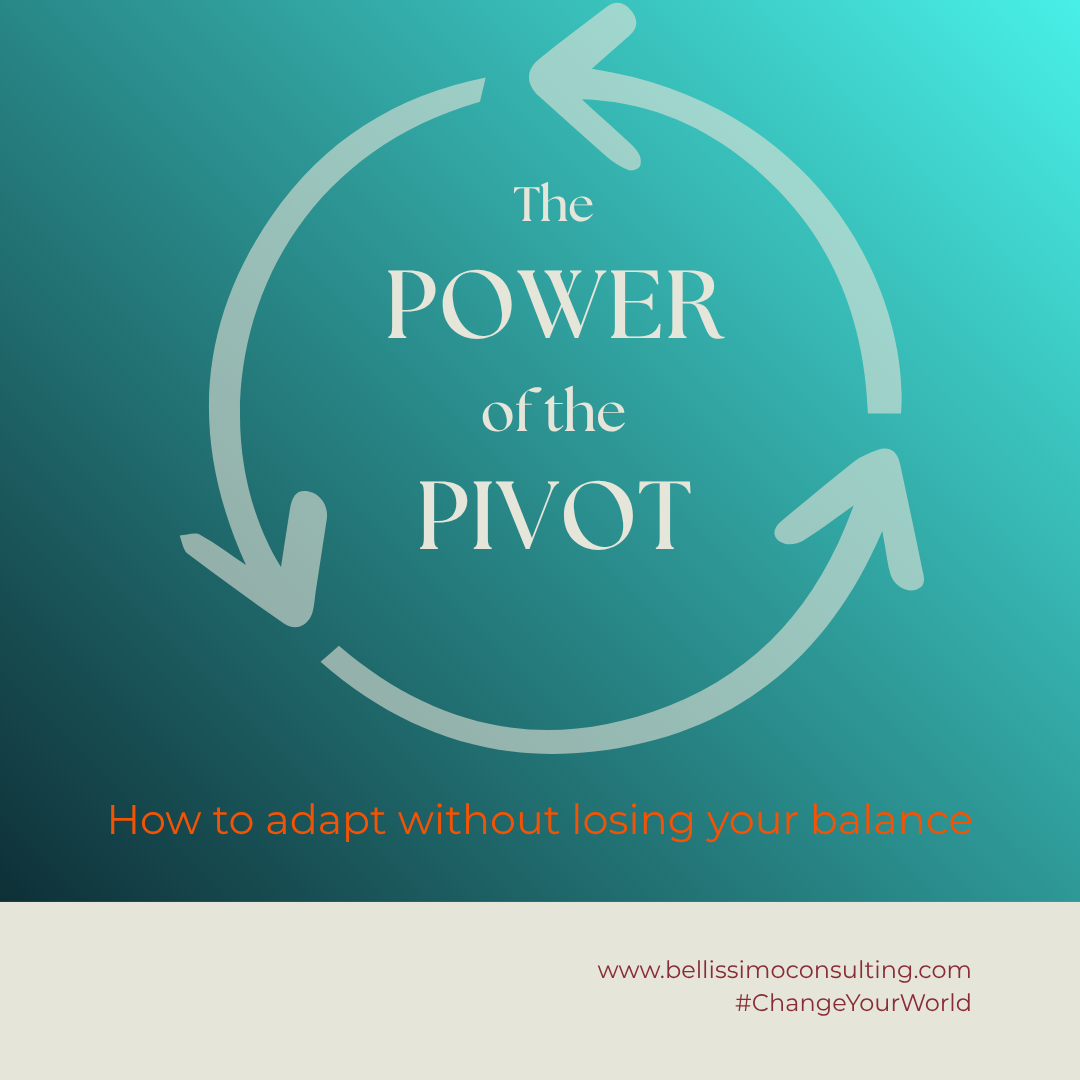The Power of the Pivot
Why Fundraisers Need to Adapt—and How to Do It Without Losing Your Mind
“We cannot direct the wind, but we can adjust the sails.”
If there’s one constant in nonprofit fundraising, it’s change.
Economic uncertainty, shifting donor priorities, new technologies, evolving best practices—sometimes it feels like the ground is always moving beneath your feet. And yet, the most successful fundraisers aren’t the ones who cling to “the way we’ve always done it.” They’re the ones who know how to pivot.
Why Pivoting Matters
A “pivot” doesn’t mean abandoning your strategy every time something changes. It means staying grounded in your mission while being flexible in your methods.
Here’s why that matters:
Economic and political shifts affect donor confidence, government funding, and even which causes get the spotlight.
Donors’ priorities evolve—a longtime supporter might redirect giving to climate issues, equity work, or local impact.
Best practices change fast—what worked for direct mail five years ago might flop today, and the hottest digital trend of 2023 may already be fading.
If you can’t adapt, you risk being left behind. But if you learn to pivot intentionally, you’ll not only weather uncertainty—you’ll thrive in it.
Pivoting Without the Panic: How to Stay Flexible and Grounded
Here are a few ways to build your pivot muscle without adding stress to your already-full plate:
1. Anchor yourself in your mission.
Your mission is your true north. When everything around you shifts, use it as your compass. Before reacting to change, ask: Does this help us advance our mission? If yes, move forward. If not, stay steady.
2. Keep your data close.
Regularly review what’s actually working. Look at donor retention rates, open rates, and campaign ROI. Data tells you where to double down—and where it’s time to pivot.
3. Stay curious.
Curiosity is the antidote to fear. Instead of dreading change, treat it like an experiment. What if you tried one new donor message, one new platform, or one small tweak to your appeal strategy? Tiny pivots add up.
4. Build margin into your calendar.
If your schedule is packed from dawn to dusk, there’s no space to think, much less pivot. Protect time for strategy, reflection, and rest. Flexibility requires breathing room.
5. Create a support system.
You don’t have to figure it out alone. Whether it’s your board, a peer network, or a trusted consultant, having sounding boards helps you see change clearly and respond calmly.
The Bottom Line
In a world where change is the rule—not the exception—your ability to pivot is one of your greatest fundraising tools. The key is to pair flexibility with focus, and action with calm.
Because when you stay grounded in your mission and open to possibility, every pivot becomes not a disruption—but an opportunity.
